Arctic Liquid Freezer 280 ARGB Review
Introduction
With Arctic revealing their Liquid Freezer 240 & 360 in ARGB earlier this year, there are still a couple of sizes left to cover! But now, with their new P14 ARGB Fans, Arctic changed that! Let's have a closer look at the new Arctic Liquid Freezer 280 ARGB.
Positive
- Best-In-Class Performance
- Best-In-Class Noise
- Great RGB
- 1+1 Cable for PWM & RGB
Neutral
- VRM Fan
Negative
- AMD Installation procedure
What's in the Box?

Just like the original Liquid Freezer ii and the previous ARGB revisions, this new Liquid Freezer ii 280 ARGB revision comes in an Arctic fashion. Once unboxed we will find the actual AIO as well as a couple of bags containing the additional mounting hardware. One of these bags contains the Intel-Plattform-specific hardware, while the other one covers the AMD users.

A subtle change to the original Liquid Freezer is the switch to the newer Arctic MX-5 thermal paste. Even if we haven't/can't test the differences produced by this switch ourselves, many other reviews point to an up-to .5°C difference. Therefore we would assume that this aspect should be considered an upgrade.
The side of the box contains the usual spec sheet, which we summarized down below:
| Name | Arctic Liquid Freezer ii 280 ARGB |
| Dimensions (Radiator) |
317x138x38mm |
| Fan Airflow | 68.9 CFM |
| Fan Noise | 0.3 Sonne (should be >25db) |
| Fan Air Pressure | 2.00mm H2O |
| Fan Speed | 1900RPM / 1800RPM (on rad) |
| Fan Connection | PWM |
| Pump Connection | PWM (shared with Fan) |
| RGB | 3-Pin Addressable |
Compatibility
One thing that has not changed at all is the compatibility list and the Installation procedure. Though why should there, as nothing has changed with the CPUs themselves either. Down below be attached a full compatibility list:
| Intel | AMD |
| LGA 1200 | AM4 |
| LGA 2066* | |
| LGA 2011-3* | |
| LGA 1155 | |
| LGA 1151 | |
|
LGA 1150 |
|
|
LGA 1700** |
Please note that the Sockets marked with an * need to be accompanied by a Square ILM (Independent Loading Mechanism). This means that the holes around the socket that are meant to keep the cooler in place need to be placed in a square formation.
** As of writing this review, the LGA 1700 mounting hardware was not yet included in the box. However, Arctic offers a free-of-charge LGA 1700 Mounting kit which you can request on their website. In the future, we assume that the LGA 1700 Kit will be included by default.
Individual Components
Waterblock / Pump

Despite many things that have changed, the Waterblock/Pump combo has remained the same. On the Liquid Freezer ARGB, we have the same iconic Arctic Waterblock/Pump combo with its's small copper plate and the VRM fan.
This VRM Fan is supposed to keep the VRM's around the CPU cooler by spinning at max. 3000RPM. Just like before, this fan is controlled by the same PWM connection as the Pump and the Fans. Meaning that while using this AIO, you can only set one global rotation speed for everything.
As a reminder, we've tested this VRM fan in our Liquid Freezer ii 120 reviews.
Using our Ryzen 3700x at 4.5Ghz and 1.4vcore, we found that this little fan was able to keep the VRM's around the CPU 5°C colder.
Even this is definitely a change, we also have to note that no matter how hard we pushed the limit, with or without the fans, the temps were still far away from being dangerous.
Radiator

With the updated ARGB/RGB version of the Liquid Freezer ii Lineup, Arctic still uses its 38mm thick radiators. This thickness is providing (a lot) more surface area for the fins ending up in a potential increase in cooling performance.
Tubes

The 450mm long tubes used in the Liquid Freezer II ii 360 ARGB are both impressive and slightly underwhelming at the same time.
Sure the tubes are among the thickest we have ever seen (12.4mm) though this seems to be an optical gimmick as the actual inner diameter (where the water flows) is just 6mm thick. Making the amount of water that can flow through these tubes no different than we are used to.
Fans

The most exciting difference of this new Arctic Liquid Freezer iteration are the new P14 PWM ARGB Fans! Pushing around 68.9 CFM @ 2.00 mm/h20 while spinning at 1900RPM, these new 140mm radiator (or case) fans are promising of delivering beautiful RGB effects while keeping the system cool. Just like the P12 ARGB, the P14's are using the same "ring-around-the-fan" approach guiding the air in an efficient and silent manner.
Installation
Just like with the original Liquid Freezer, the installation of the RGB version, or other sizes, is a straightforward process.

As a pre-step, the Mounting Rails have to be attached to the Waterblock.

Then for team Intel, we can follow the usual procedure by placing the Backplate behind the motherboard, fixing it with the standoffs marked for the appropriate socket, placing the Waterblock on top of the CPU, and screwing it down with the provided thumbscrews.

On team AMD it gets a bit tricky.
As there were occasions where the Waterblock was interfering with Mainboard components places around the Socket, Arctic is now including an AMD offset bracket.
In order to install the LF II on an AMD CPU, we can re-use the original Backplate, place the provided standoffs on the Cooler-Screw-Holes and place the AMD off-set bracket on top.
At this point you will have the possibility to choose between two different sets of holes, one of which offsets the CPU a bit to the bottom, providing additional clearance for any components installed at the top.

One of the most convenient aspects of an Arctic Liquid Freezer is its one cable installation method.
Just like the original Liquid Freezer, the PWM signal is shared by every fan (including the VRM fan) and the pump with the PWM cable which is going through the tubes and coming out at the water block. Therefore there is only one single cable to install making it an extremely easy process.
But now with the ARGB version, Arctic decided to also squeeze the RGB/ARGB cable into the tube, connecting each fan to it, and letting it out at the water block next to the PWM cable.
We are absolute fans of such an installation method, it makes it easy, convenient, and doesn't produce any messy cable management.
Additionally, Arctic made sure to semi-permanently connect each Fan ARGB connection with some shrinking tubes, making sure that they never disconnect. Something that we have seen way too often.
Appearance

Although the design is pretty similar compared to an Arctic Liquid Freezer 360/240 ARGB, the usage of the new bigger fans seems massive and powerful. Generally, the new LF 280 ARGB delivers stunning RGB effects while suggesting excellent cooling capabilities.
Benchmark

The most important part of this review is undoubtedly the Benchmark section as the main focus is to determine if Arctic favored RGB over cooling performance.
To test that, we used our Test-Bench with our Ryzen 3900x at 4.36Ghz with 1.4vCore and grilled the CPU until the dust settled.

While letting the Fans spin at 100% Fan speed, the new Arctic Liquid Freezer managed to keep the CPU at 42°C above ambient.
This makes it the absolute best CPU Cooler we had until now, even outperforming the original LF 280 - non-rgb.
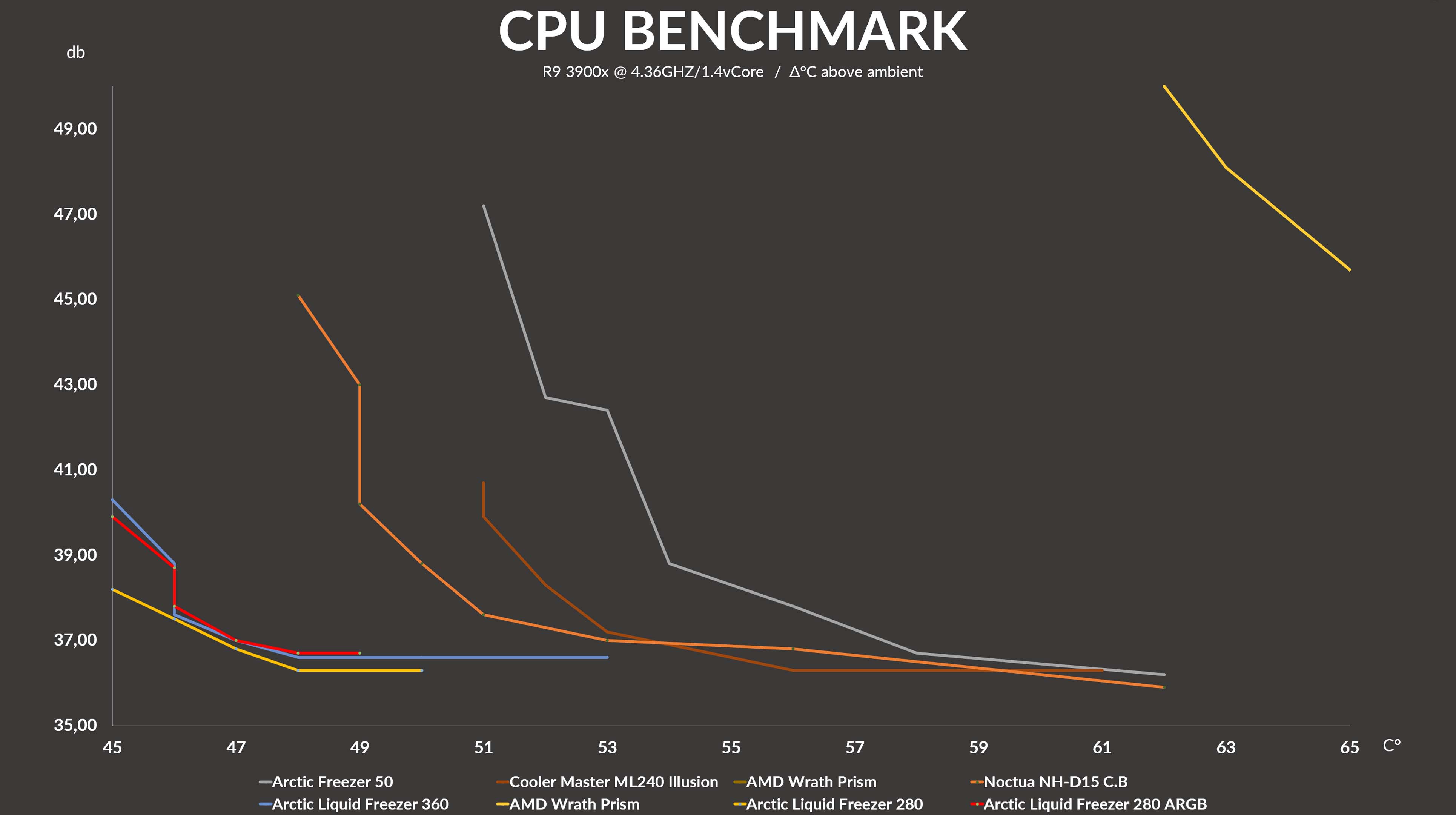
Normalizing our numbers by noise reveals that, although the Arctic Liquid Freezer 280 ARGB is capable of cooling the CPU 1°C colder than any other cooler, its noise-to-performance ratio becomes equivalent to an LF 360 ARGB as soon as you decide to down a single degree.
The original LF 280 - non-RGB on the other hand, manages to stand out and keep a slightly better noise-to-performance ratio.
Conclusion

All in all, there is nothing negative to say about Arctic's newest Liquid Freezer 280 ARGB addition. The performance is the best we have seen so far, while the noise to performance ratio, - although not perfect - is still among the very best we have seen.
To our very surprise, the 280 even managed to outperform the 3-Fanned LF 360, which we absolutely did not anticipate.
By using the approach as with their P12 PWM ARGB Fans, Arctic managed to create another impressive set of fans that can deliver in both, Design & Performance.
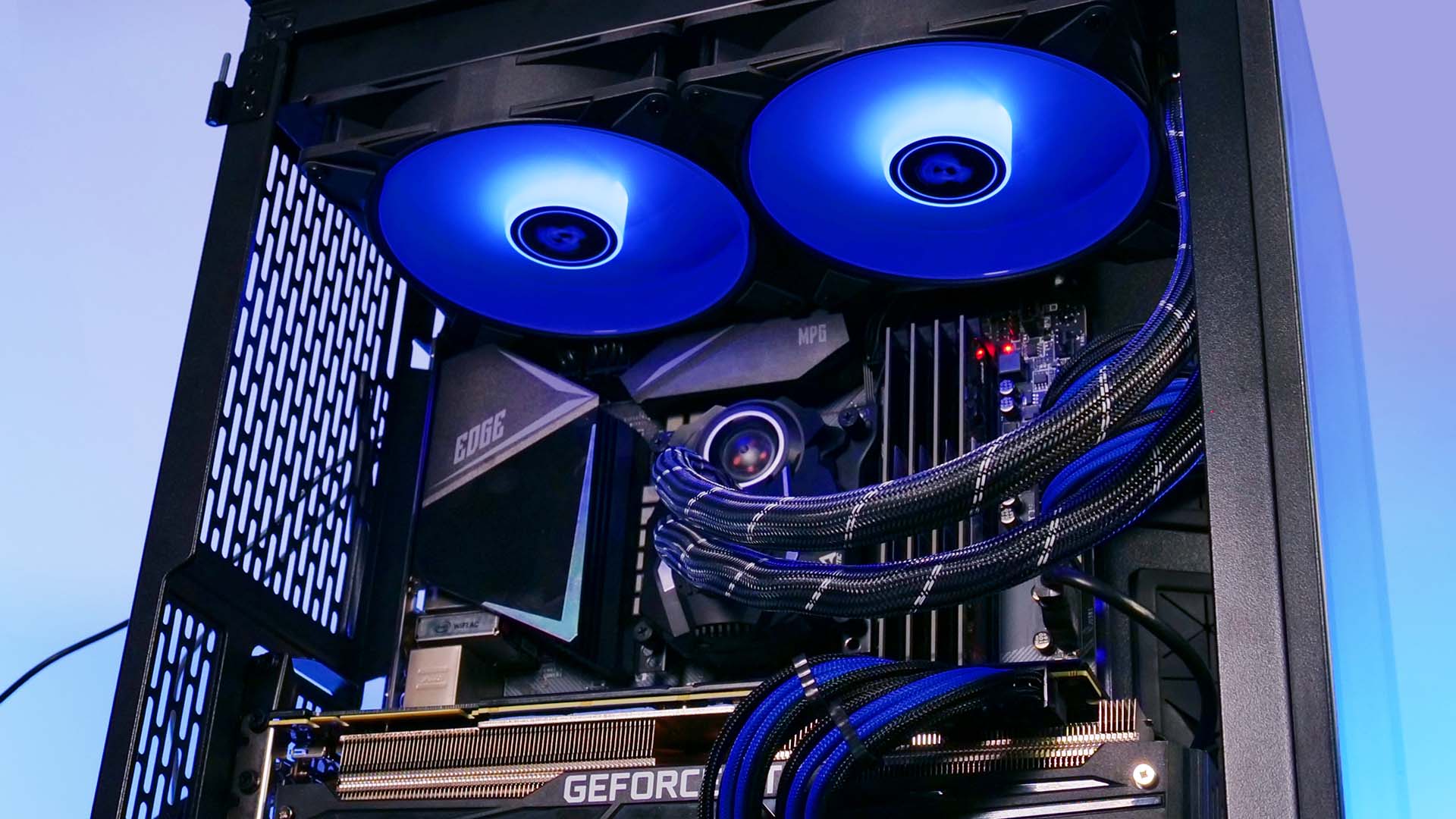
That being said, there is one thing did not change since the first Arctic Freezer we've tested, but we would still love to see changed.
In order to install the Liquid Freezer II on an AMD CPU, you need to install the included mounting plates. These need to be placed on top of 4 Screw spacers.
Because these spacers are significantly wider than the pieces that stick out of the backplate, this becomes an extremely wobbly experience.
If however, you need to install all of this while the motherboard is already inside of a case, forcing you to keep the backplate in place with one hand, this becomes an "enraging" experience. I can speak from experience.
This issue could easily be solved by using thinner spacers that tightly fit onto the bits that come out of the backplate.
But while ignoring that one tiny adjustment, we can absolutely recommend the Arctic Liquid Freezer 280 ARGB. It is my every meaning an outstanding AIO.

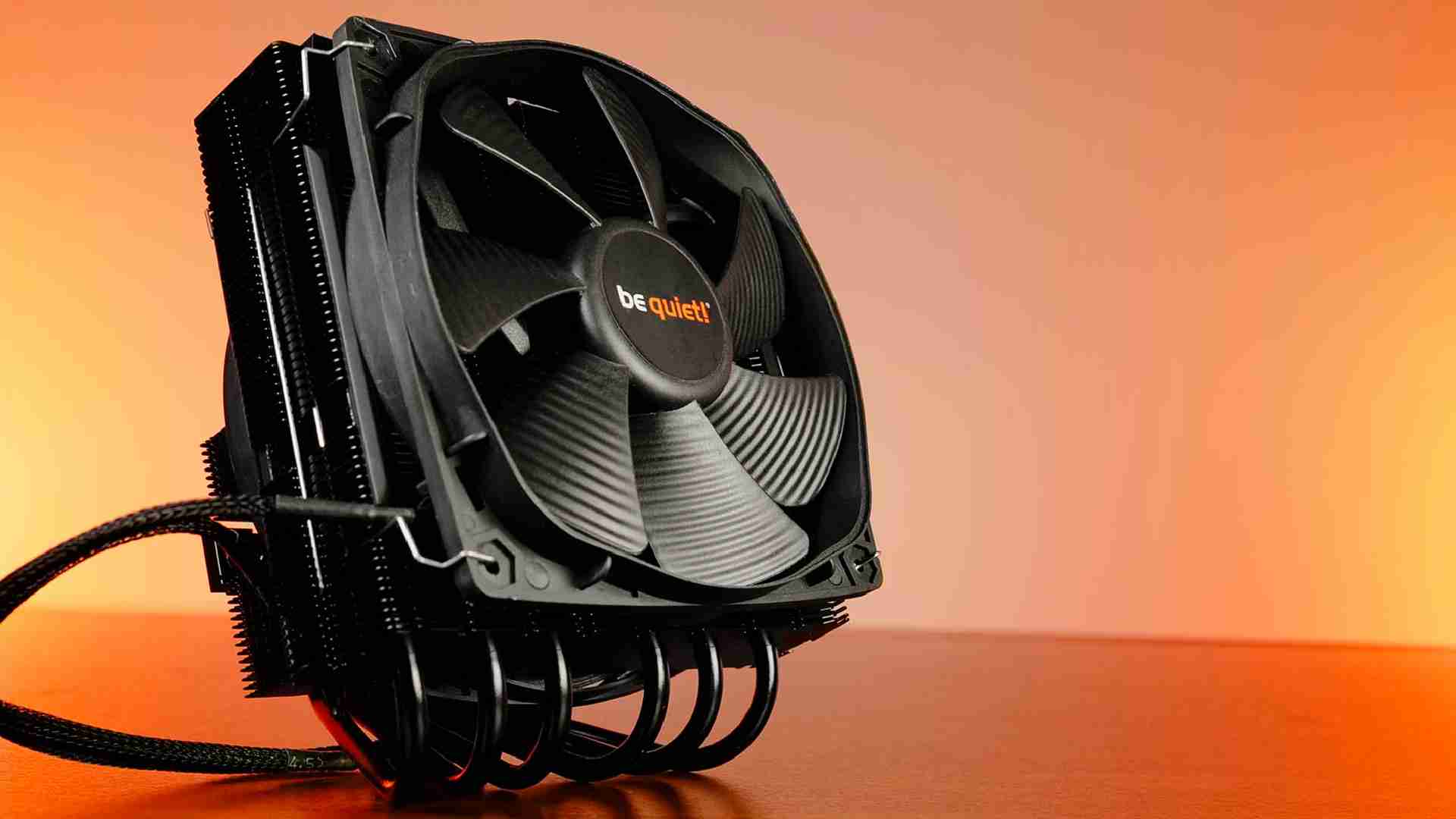
be quiet! Dark Rock TF 2
Meet the be quiet! Dark Rock TF 2, one of the weirdest-looking High-Performance Air Coolers that we have seen so far! Lets se
Read More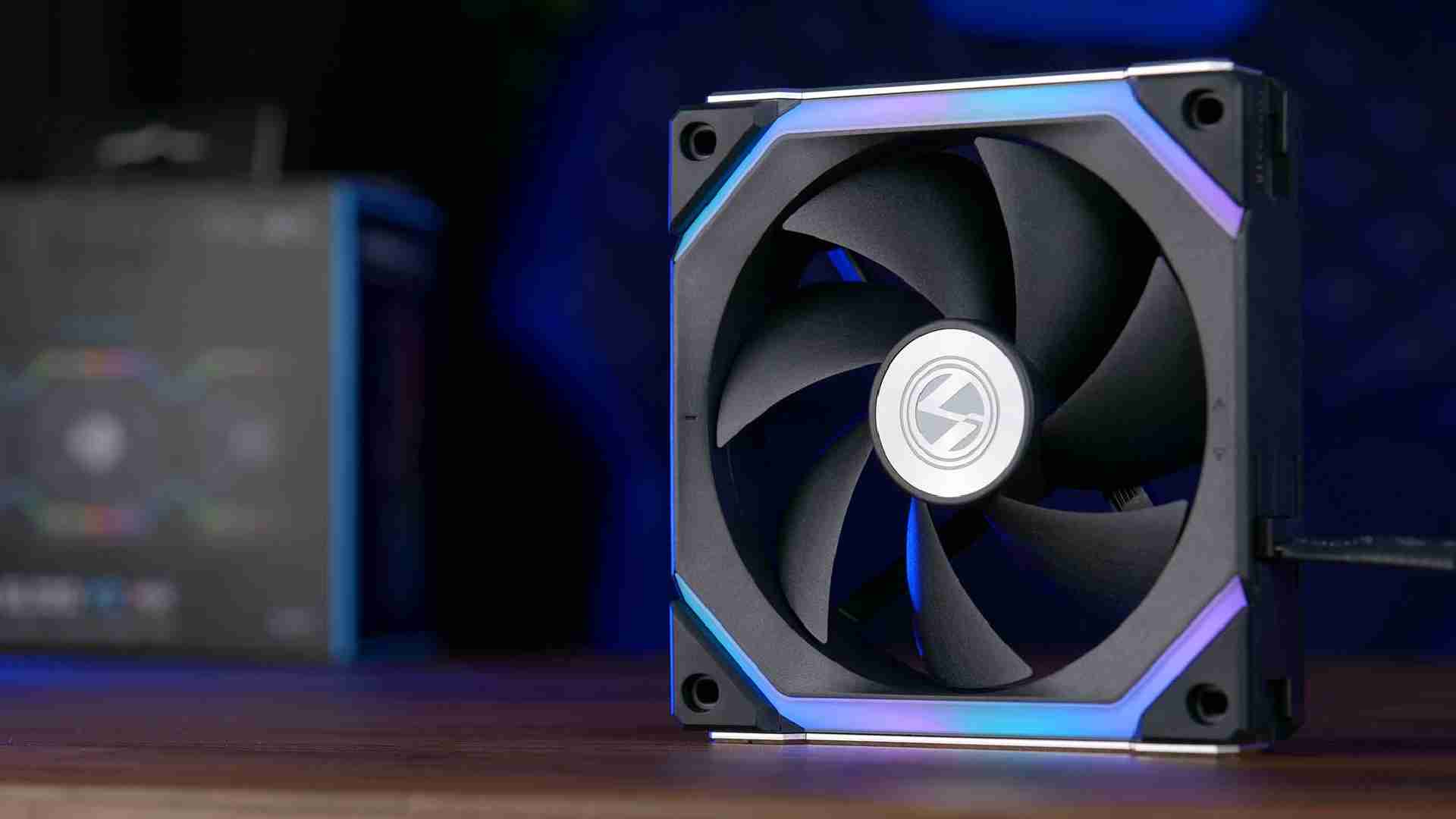
Lian Li Uni SL120 V2 Review
Lian Li just updated their SL120 fans to meet their newest standards. Lets take a closer look at the improvements that the SL
Read More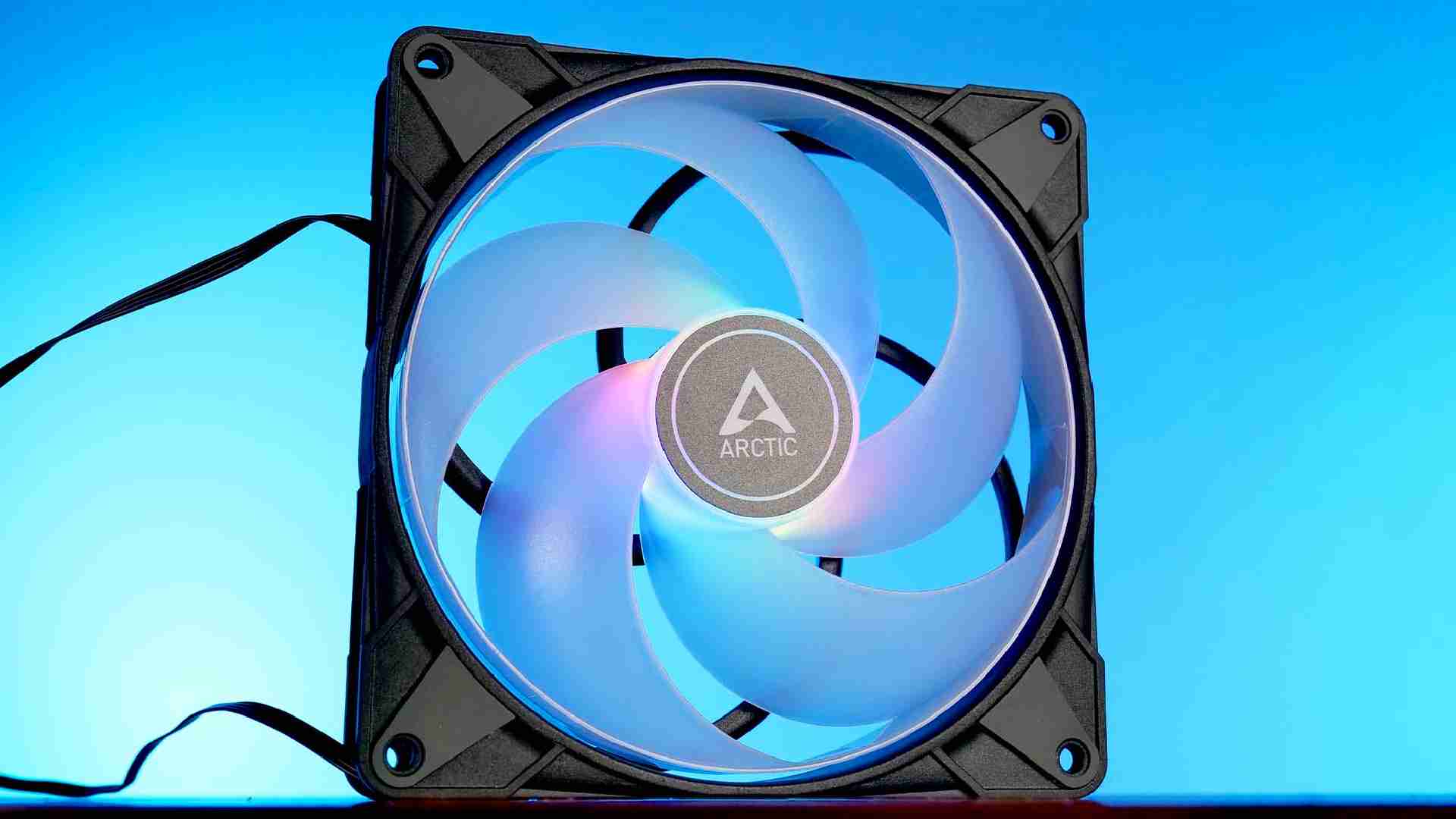
Arctic P14 PWM PST ARGB Review
In this review, we will focus on Arctics latest addition to their Fan Lineup, the P14 ARGB. Due to its excellent performance
Read More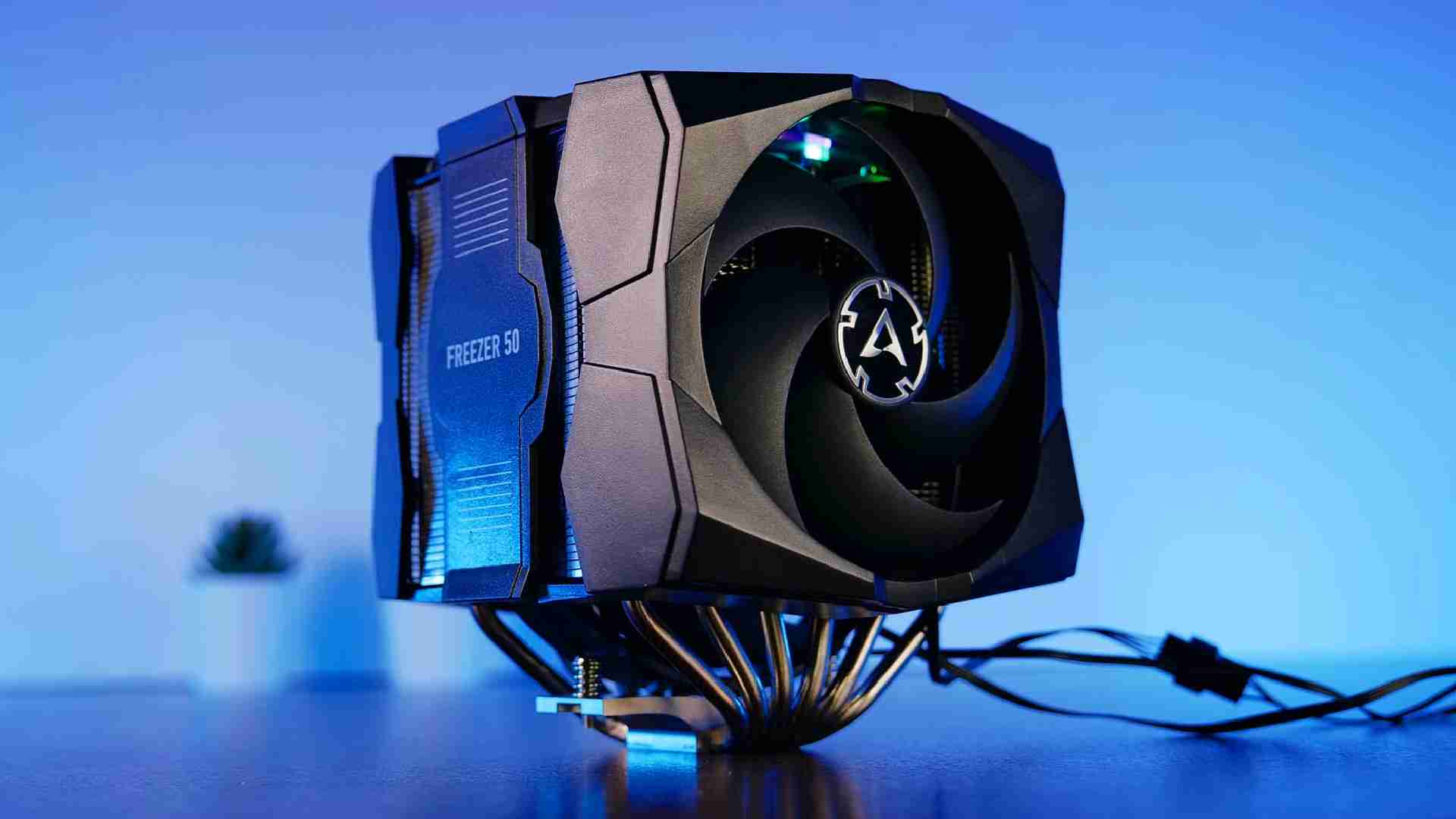
Arctic Freezer 50
The Arctic Freezer 50 is the biggest and beefiest CPU Air cooler Arctic currently offers in their lineup. Lets take a closer
Read More